Category: Perceptual Reasoning
Difficulty: Hard
Result: Wrong
20. Which of the figures below the line of drawings best completes the series?
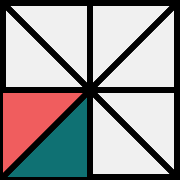
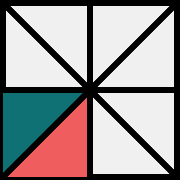

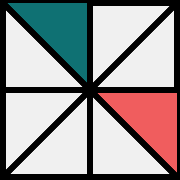
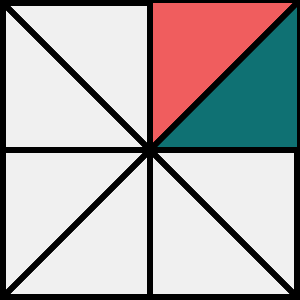
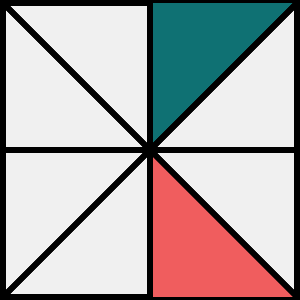
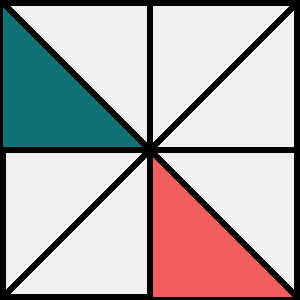
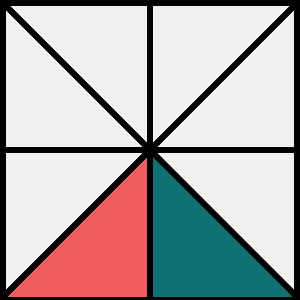
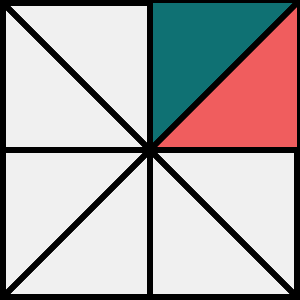 ◀ Correct Answer
◀ Correct Answer
Your Answer: No Answer Given
This question assesses your perceptual reasoning and pattern recognition abilities by requiring you to identify and complete a visual sequence of figures. Pattern recognition tasks like this one involve discerning the underlying rules or transformations that govern the progression of shapes or symbols.
To effectively tackle this type of question, you should:
- Analyze the Sequence: Carefully examine each figure in the series to identify any recurring patterns or changes. Look for alterations in shape, size, orientation, color, or the number of elements.
- Identify the Rule: Determine the specific rule or set of rules that dictate how one figure transitions to the next. Common transformations include rotation, reflection, scaling, addition or subtraction of components, and changes in symmetry.
- Predict the Next Figure: Apply the identified rule to the last figure in the series to predict what the next figure should look like. This may involve mentally visualizing the transformation before selecting the correct option.
- Validate Your Choice: Ensure that the predicted figure maintains consistency with the established pattern throughout the series. Cross-check each step to confirm that the rule applies uniformly.
Example Approach:
Imagine a series of overlapping rectangles where each subsequent figure rotates 90 degrees and adds an additional shape. To determine the next figure, you would:
- Observe the rotation angle between figures.
- Note the addition or modification of shapes.
- Apply the same rotation and addition to predict the next figure.
Cognitive Skills Utilized:
- Visual-Spatial Processing: Understanding and manipulating visual information in your mind.
- Attention to Detail: Noticing subtle changes and patterns within the figures.
- Abstract Thinking: Recognizing patterns that are not immediately obvious and applying logical rules.
- Memory: Retaining information about previous figures to identify consistent patterns.
The blue triangle moves in a clockwise direction around the diagram, while the red triangle moves in a counter-clockwise direction.